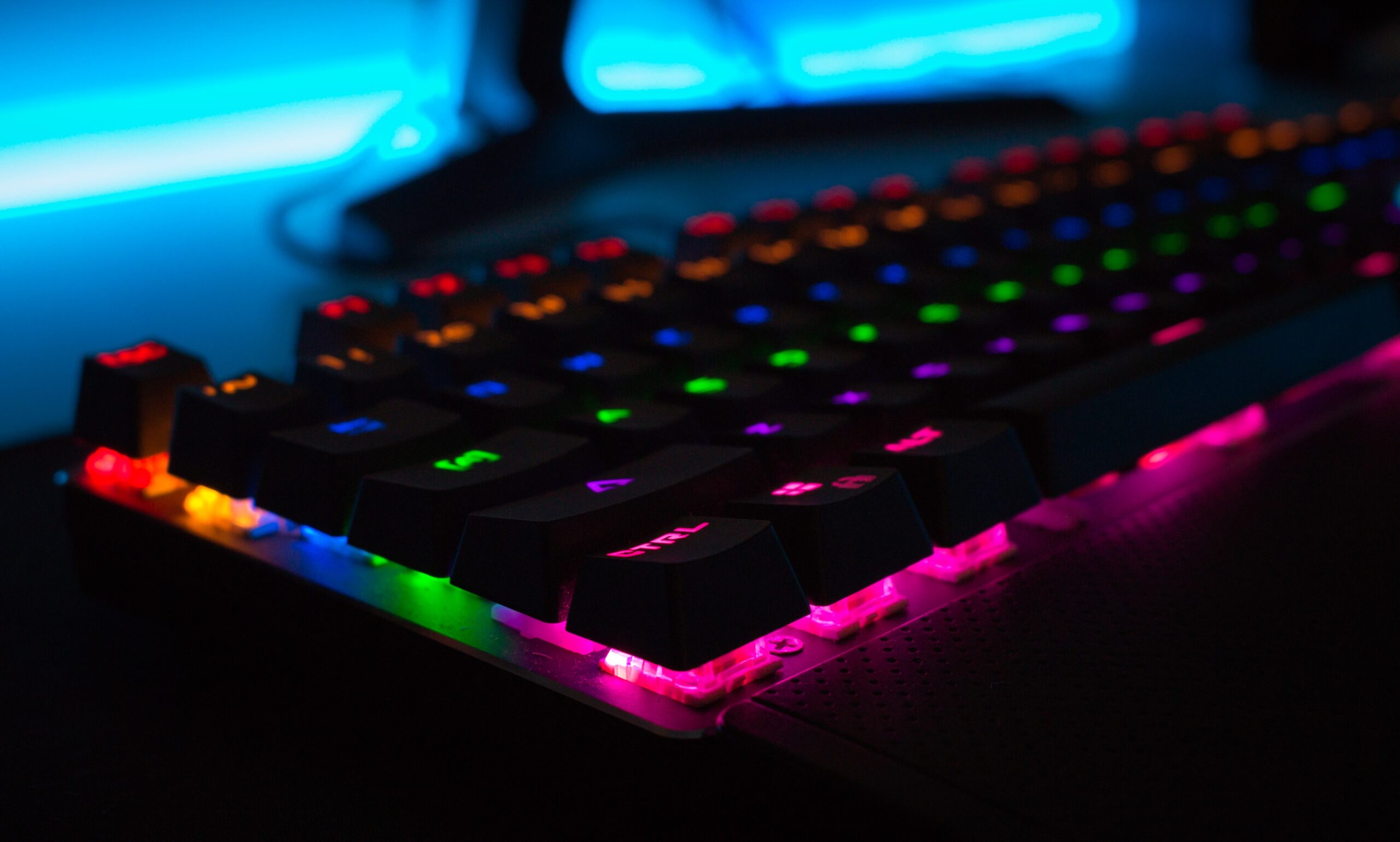Gamification is the latest buzzword in a host of industries, ranging from health to engineering. There is gamification in education, gamification in training and many more interesting gamification examples now this technology is really taking off and appearing in a plethora of industries.
Consider this technology as one that adds typical elements of gaming (for example point scoring, competition with other players, and rules of play) to encourage engagement with information, products, or services, by adding a fun element to something which would otherwise not be enjoyable, or not be as enjoyable anyway.
How Well Does Gamification Work?
As per research compiled by LXA, around 89 percent of people said that if a task was ‘gamified’, they felt more eager to complete it and 97 percent of employees aged over 45 said that gamification improved the quality of their work. You may be surprised to encounter gamified experiences where you least expect them.
Gamification and Menstrual Cycle Apps
For many women across the globe, menstrual cycle apps are a handy way to predict their cycle, track cramps, discover ovulation dates, and track how their cycle is linked to energy, sex drive, sleep quality, and similar.
Most of these apps enable users to track the elements they wish to (for instance, bleeding, cramps, or mood changes), but some of the savviest ones are introducing gamification into the equation to keep users more engaged.
For instance, UNICEF EAPRO’s Period Tracker App for Girls makes learning fun by rewarding users for using it. It invites them to do so by personalizing their experience with avatars and themes and offering them quizzes, reminders, and pop-ups.
Work Training
Gamification appeals to employees of all ages because it boosts overall interest in training, boosts knowledge acquisition and retention, and increases employee connection.
Top companies are investing in gamification to keep staff abreast of a broad range of topics, including product details, company procedures, employee roles, new goals, industry developments, and more. Imagine learning a new procedure from arcade-style adventures, sports games, and brain puzzles.
Learners can earn points for a myriad of tasks, including completing a learning module, passing a test, or participating with other team members in group challenges. Participants can also earn badges for their performance and even choose a virtual coach who guides them through training sessions and offers guidance and advice.
Gamification and Health Improvement
Games can be used to inform individuals about symptoms of illnesses and facilitate monitoring and treatment. For instance, digital health and wellbeing company, Virgin Pulse, works alongside a plethora of companies to provide staff with tools and resources that support health and wellbeing.
It combines regular health and wellbeing content with gamification, providing users with challenges they have to complete to earn points and rewards. These can be presented to earn tangible or financial rewards from their respective companies.
Saving the World
Because it has the ability to fascinate people, gamification is being used to solve many social and world problems in groundbreaking ways. For instance, the University of Washington’s Center for Game Science partnered with the Biochemistry department to create FoldIt—an online puzzle video game that allows people to play and compete to solve a puzzle.
The aim is to figure out protein structures that can help in fighting AIDS. In one game that attracted over 240,000 ultra-competitive players, a solution to the structure of a cryptic protein was found in 10 days. Scientists had been unable to achieve this feat in 15 years!
In Conclusion
Gamification is the buzzword across a wide range of industries. It has been found to boost engagement and foster connection. Just a few unique experiences that may involve gaming include company training, health and wellness, and menstrual cycle apps.
Gaming isn’t just for kids any more – it makes otherwise tedious activities fun and just about every industry and company can find ways to gamify activities and make them more enjoyable.
Photos Courtesy of Unsplash


